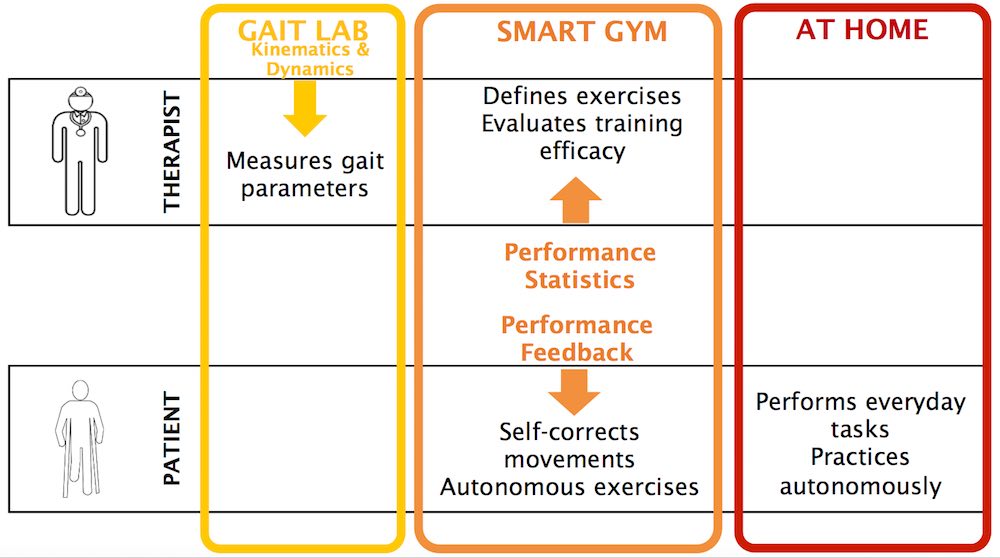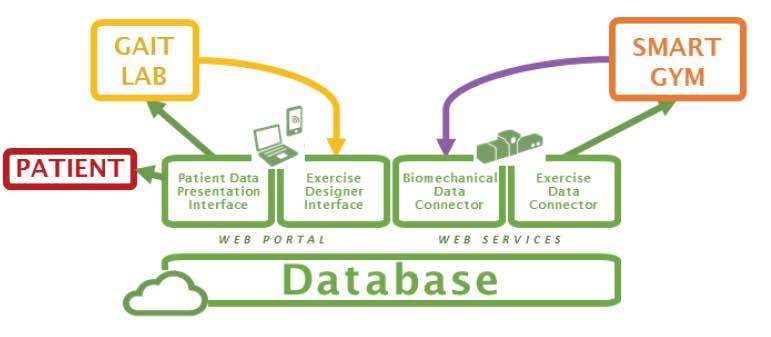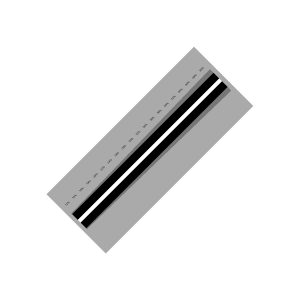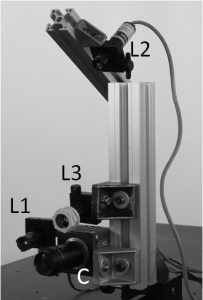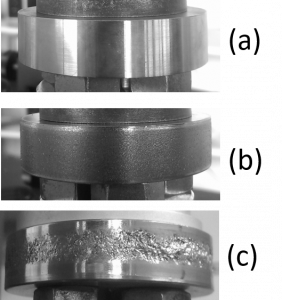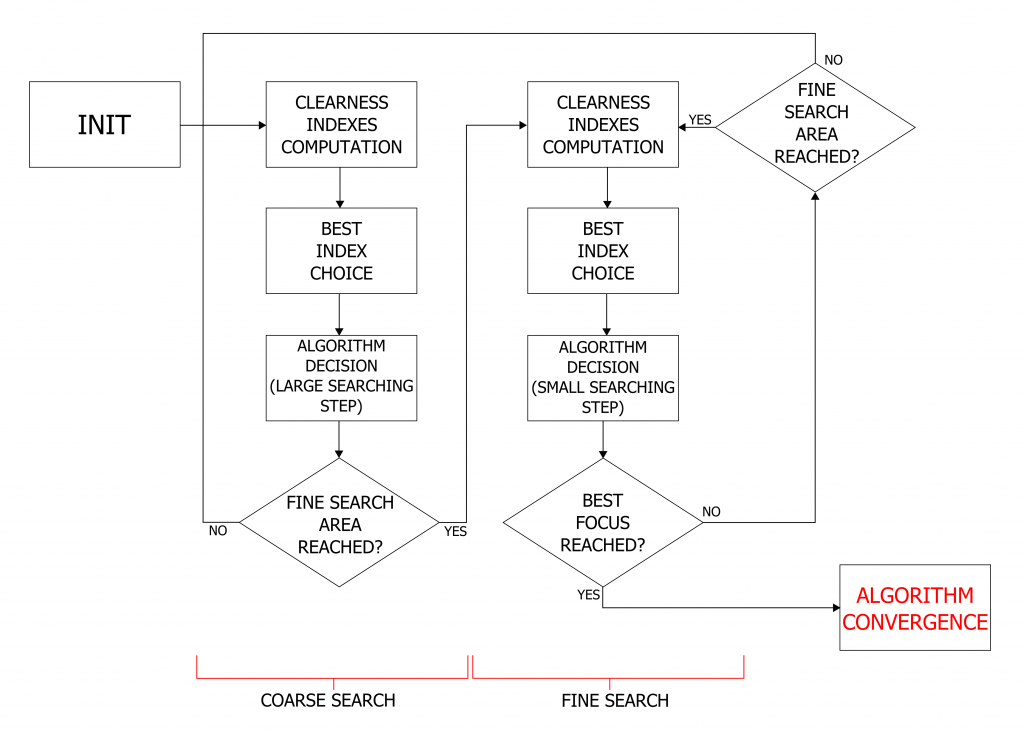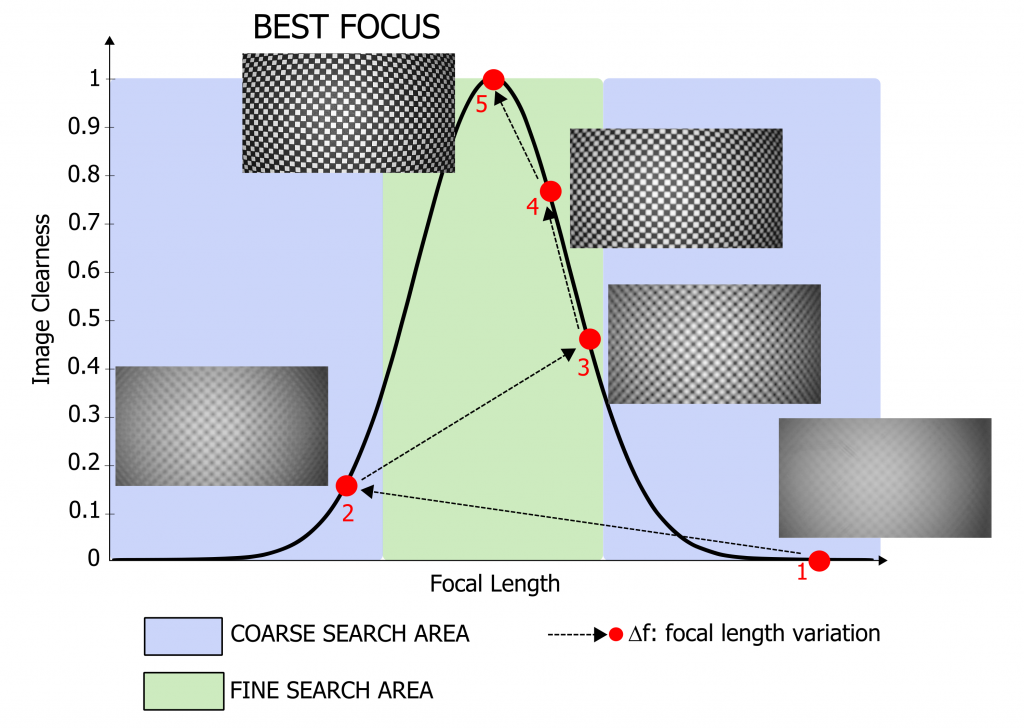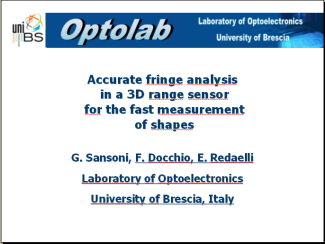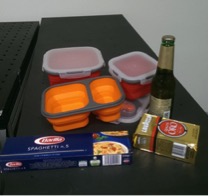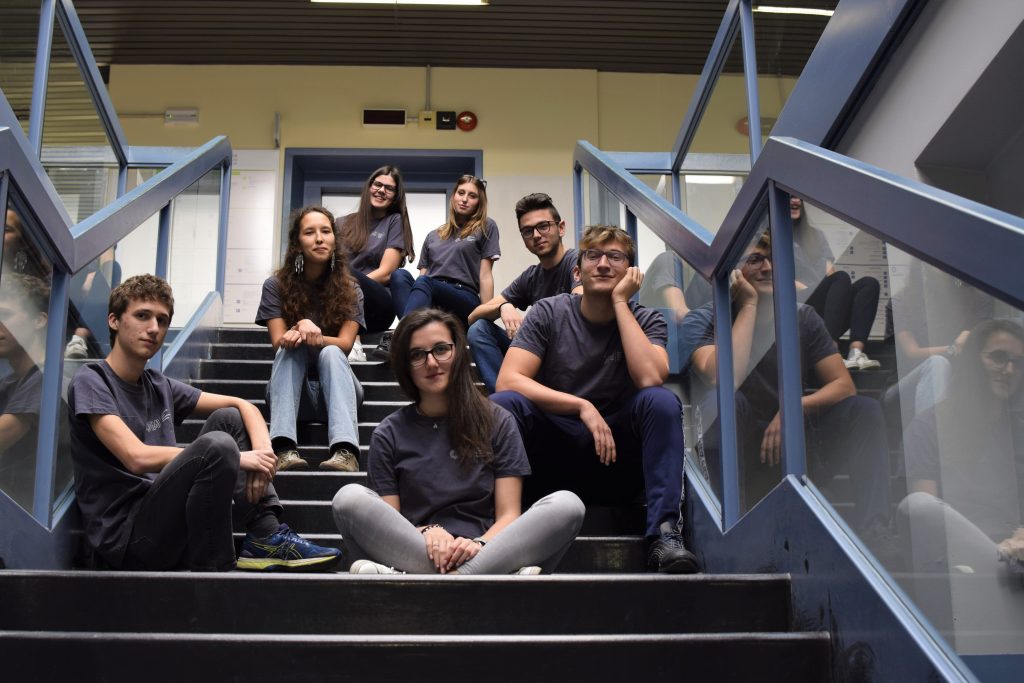Congratulations to our team for winning the Best Paper Award for the paper “Qualification of Additive Manufactured Trabecular Structures Using a Multi-Insutrumental Approach” presented at the 2019 IEEE International Instrumentation and Measurment Technology Conference!
This research is part of a Progetto di Ricerca di Interesse Nazionale (PRIN) carried out in collaboration with the University of Brescia, the University of Perugia, the Polytechnic University of Marche and the University of Messina.
To read more about the project, check out this page!









